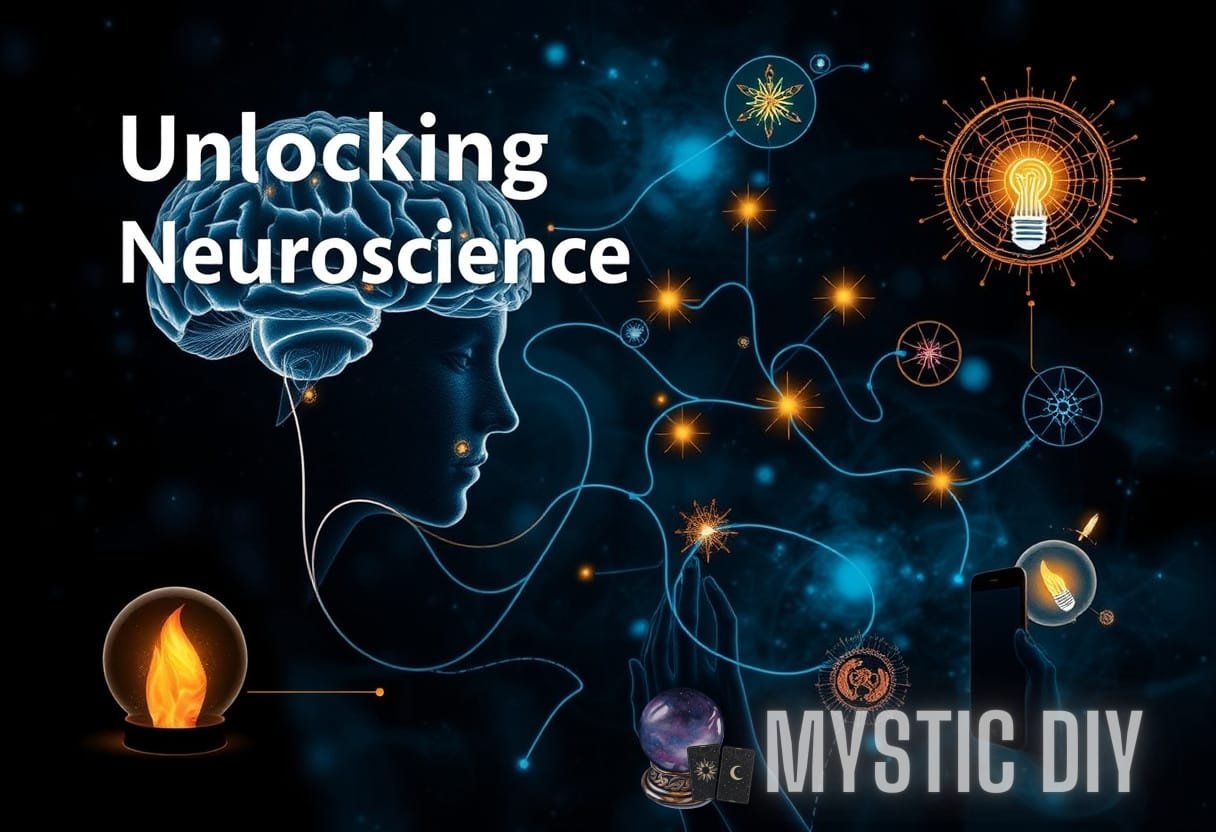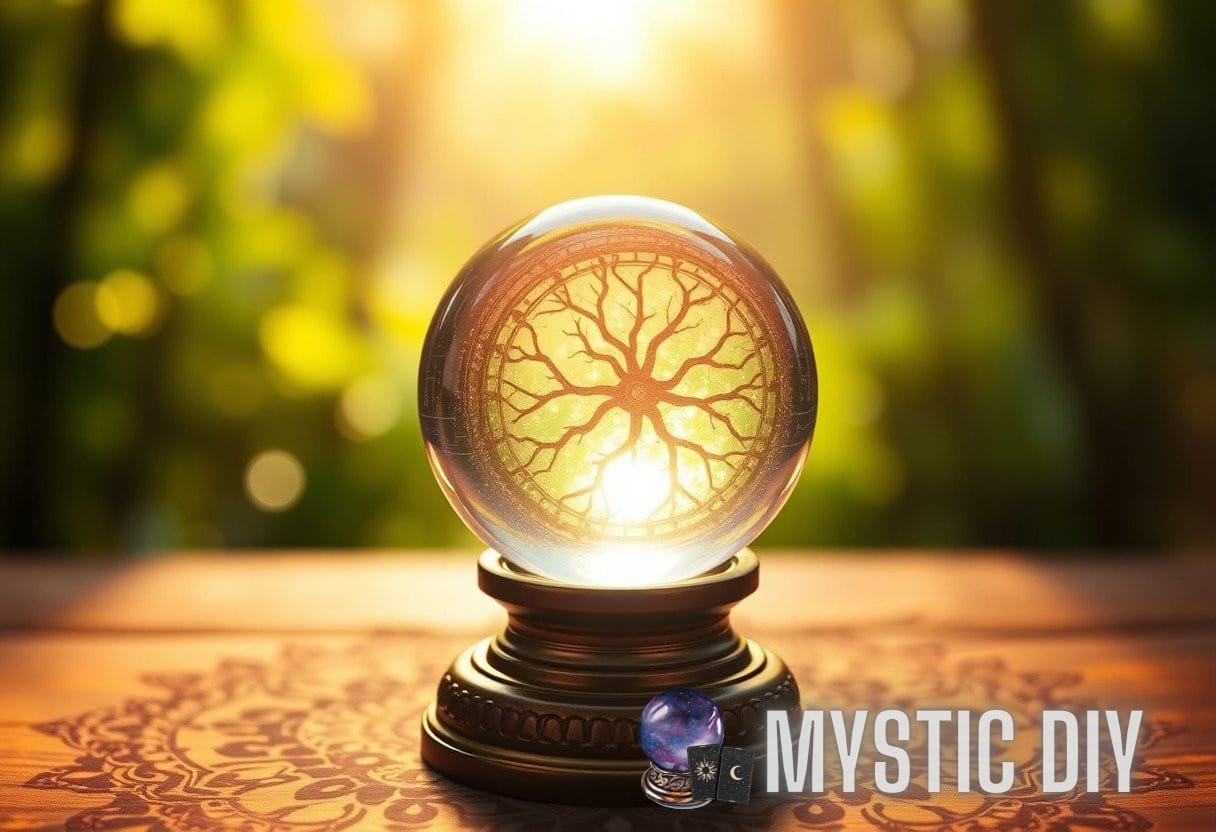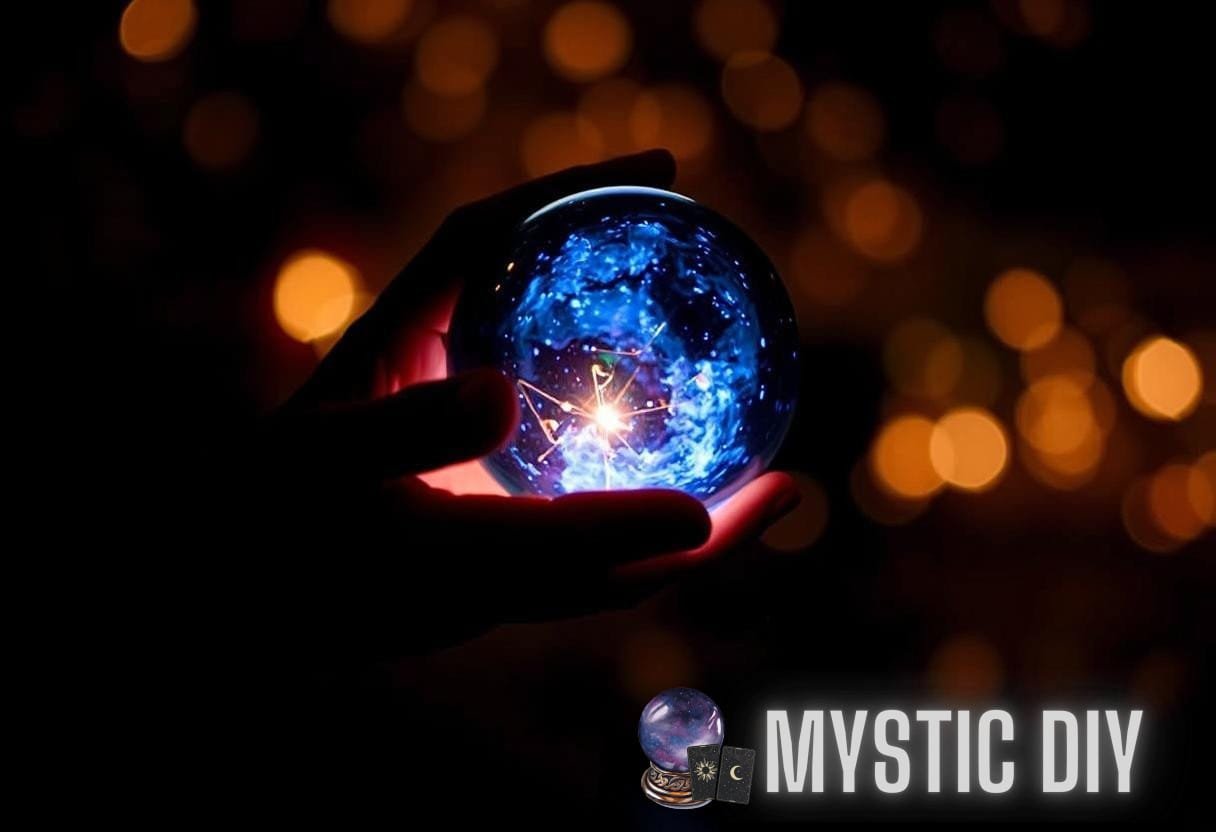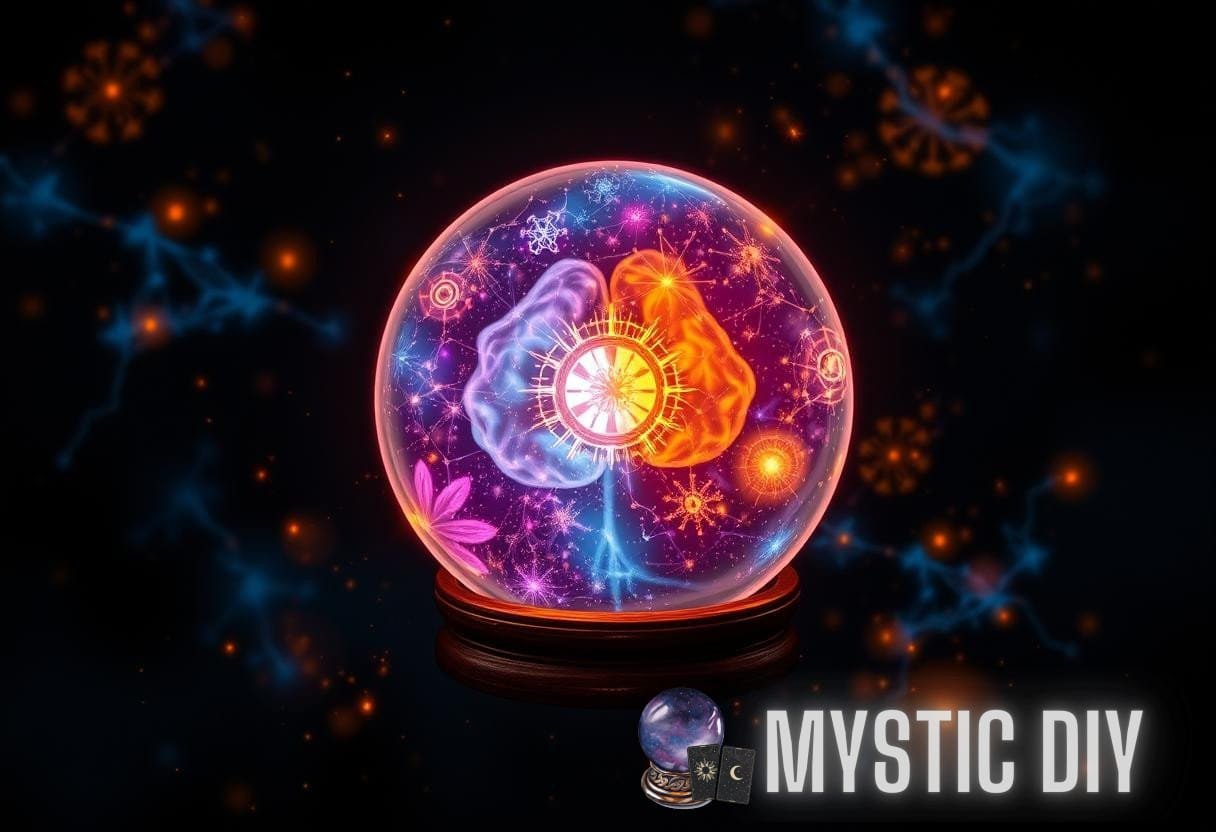The Neuroscience of Intuition: Bridging Crystal Ball Gazing and Cognitive Insights in Divination
In the realm of metaphysical exploration, many have turned to tools such as crystal balls, tarot cards, and astrology to glean insights about the future. These methods, often categorized under divination, appear mysterious; however, an understanding of the intuitive neuroscience behind human cognition can offer a more rational perspective on how intuition works and why it is perceived as being so visionary.
Understanding Intuition
Intuition is often described as the ability to understand something immediately, without the need for conscious reasoning. From a neurological perspective, intuitive processes are rooted in our brain’s structure and function. Here are key elements that define intuition:
- Fast Processing: Intuitive decisions are made quickly, often based on emotion and prior experience.
- Pattern Recognition: Intuition allows individuals to recognize patterns or connections in data that may not be immediately obvious.
- Emotional Resonance: Emotions play a crucial role in intuition, influencing decision-making processes even subconsciously.
For clarity, it’s important to differentiate between two types of intuition—expert instinct and primal instinct. Expert instinct is accrued through experience, while primal instinct is rooted in evolutionary responses. Understanding these distinctions is crucial for appreciating the intuitive neuroscience behind practices like crystal ball gazing.
The Neuroscience Behind Intuitive Insights
Bridging Intuition and the Brain
Research in neuroscience has uncovered significant insights into how our brain functions when making intuitive decisions. The following areas are particularly relevant:
- The Amygdala: This region of the brain is responsible for processing emotions and is heavily involved in the intuitive decision-making process.
- The Prefrontal Cortex: It integrates emotional input and precedes conscious reasoning, making it fundamental to intuitive judgments.
- The Insula: Associated with emotional awareness, it contributes to our feelings of gut instinct.
In essence, intuition stems from a complex interplay of neural pathways that allow for rapid assessments of situations based on prior knowledge and emotional cues. This understanding can help bridge the mystical aspects of divination practices such as crystal ball gazing with cognitive science.
Case Studies in Intuitive Decision-Making
A fascinating case study conducted by neuroscientist Antonio Damasio illustrates how gut feelings influence our decision-making processes. In his research, Damasio studied patients with damage to their prefrontal cortex. These patients exhibited an inability to use emotional cues when making decisions. Remarkably, they would often select options that led to poorer outcomes rather than trusting their instinct. This confirms that the intuitive neuroscience underpinning decision-making is tightly linked to emotional guidance and cognitive processing.
Intuition in Divination: A Cognitive Approach
Crystal Ball Gazing: Merging Tradition with Science
Crystal ball gazing has long been a form of divination that relies on the intuition of the practitioner. Historical accounts suggest that this practice dates back to ancient civilizations. However, there is a growing body of literature that examines how practitioners tap into the facets of intuitive neuroscience.
Practitioners often enter a meditative state, allowing their minds to become less cluttered by conscious thought. Research indicates that during such states, the brain can access deeper levels of insight. The following aspects of crystal ball gazing correlate with neuroscience insights:
- Diminished Cognitive Load: Reducing distractions can facilitate a clearer channel for intuitive thought.
- Emphasis on Visualization: Visualization exercises may improve intuition by priming the brain’s associative networks.
- Heightened Emotional Awareness: Successful readers often possess a keen sense of emotional awareness, allowing them to tune into their clients’ energy.
The Role of Emotional Intelligence in Intuitive Neuroscience
Linking Emotional Awareness to Intuition
Emotional intelligence (EI) is the capacity to recognize, understand, and manage our own emotions while also being able to influence the emotions of others. Research consistently shows that individuals with high EI are often more skilled in intuitive decision-making. In a 2014 study published by the Journal of Personality and Social Psychology, researchers found that individuals with higher emotional intelligence made better decisions based on intuitive thinking rather than analytical thinking.
These findings align with the idea that the ability to interpret and understand emotions enhances cognitive clarity during divination practices like crystal ball gazing.
Building Intuition Through Experience and Education

Intuition is not solely an innate quality; it can be cultivated through experience and targeted education. Practitioners can enhance their intuitiveness by:
- Engaging in Reflective Practices: Keeping a journal to track intuitive experiences helps in recognizing patterns.
- Learning from Others: Observing and studying expert practitioners can illuminate methods of enhancing one’s own intuitive skills.
- Practicing Mindfulness: Activities such as meditation promote mental clarity and can amplify intuitive insights.
By recognizing these building blocks of intuition, practitioners can better understand how to leverage the intuitive neuroscience that underlies their art.
Real-World Applications of Intuition
The Applications Beyond Crystal Ball Gazing
Intuition is not confined to divination. In various fields such as psychology, business, and medicine, intuitive reasoning is often a key to successful outcomes. For instance:
- Health Care Professionals: Doctors often rely on intuition to make quick decisions during emergencies where every second counts.
- Business Leaders: Successful entrepreneurs like Steve Jobs attributed much of their success to trusting their instincts when navigating complex market conditions.
- Counselors and Psychologists: Mental health professionals frequently harness their intuitive understanding of clients’ needs for effective therapeutic outcomes.
These examples reflect the versatility of intuition, demonstrating its relevance beyond the mystical realms and into everyday decision-making processes.
Understanding the Skepticism Surrounding Intuition
Addressing Naysayers
Despite the growing acceptance of intuition as an essential component of cognition, skepticism persists. Critics argue that intuitive insights are merely a product of biased thinking or wishful beliefs. Consider the following points that counter misinformation:
- Scientific Validity: Recent studies utilize brain imaging techniques to validate the biological basis of intuitive decision-making.
- Expertise Matters: Intuition is often rooted in extensive experience, and experts in various fields rely heavily on intuitive judgments.
- Historical Recognition: Throughout history, prominent figures have praised intuitive wisdom, linking it to predictive capabilities.
A constructive dialogue between skeptics and advocates can pave the way for a more profound understanding of the intuitive neuroscience underlying intuition.
The Future of Intuitive Neuroscience and Divination
Innovative Research Directions
The synergy between neuroscience and intuitive insight continues to be an exciting area of research, with plenty of room for future exploration. Possible future study avenues include:
- Neurofeedback Techniques: Investigating how neurofeedback can enhance intuitive abilities by training individuals to access deeper cognitive states.
- Cross-Disciplinary Studies: Merging intuitive practices with psychological and neurological studies can deepen understanding of human cognition.
- Case Studies of Successful Practitioners: Rigorous qualitative assessments within diviners can shed light on the cognitive processes at play.
Such research could fortify the bridges between science and divination, resulting in mutual enrichment of both disciplines.
Conclusion: A Unified Perspective on Intuition
The intersection of intuitive neuroscience and divination practices offers a comprehensive view of how our cognitive faculties engage in perceiving the world and making decisions. By understanding the roles of various brain structures, emotional intelligence, and experiential learning, we can approach practices like crystal ball gazing with greater insight into their foundational principles. As both fields evolve, their convergence will undoubtedly lead to richer understandings of human intuition, shaping both scientific inquiry and spiritual practice.
For more related insights on intuition and cognitive neuroscience, consider exploring our articles on Understanding Intuition in Divination and The Science of Intuition.



